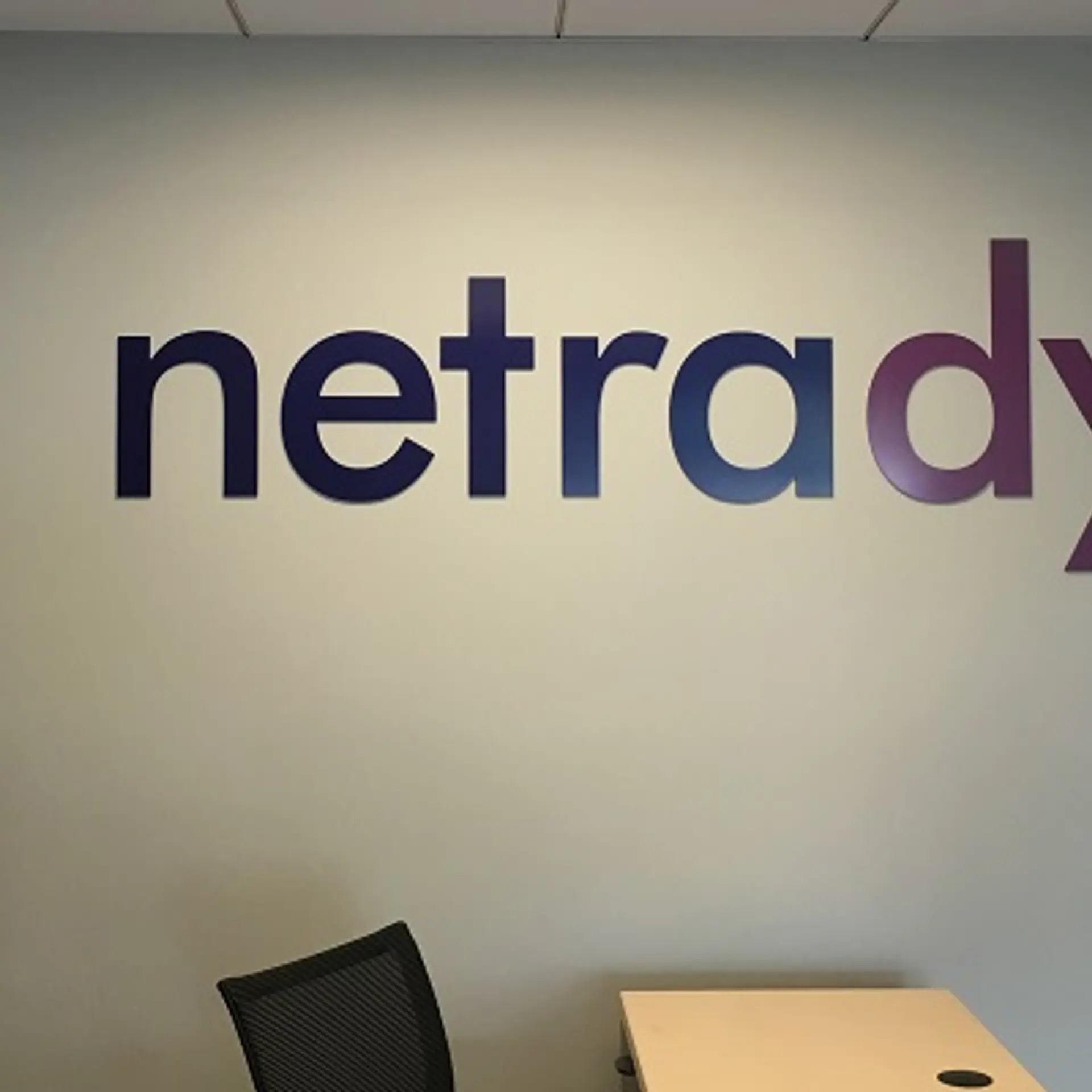How Shriranga’s Vyoma Media built a Rs 50cr venture with ad-tech for railways
Indian Railways serves 8.3 billion people every year, and with migration to urban centres the digital out-of-home space is only going to increase the digital ad-spends in the country.
Ramesh Gowda travels from Mysore to Bengaluru every day and buys his ticket at the railway counter in the morning and the evening. While awaiting his turn at the counter, he looks at the cricket score on one of the several screens that show the ticket price for different destinations in Karnataka.
Ramesh buys his ticket and leaves, but the TV screens keep playing ads for shampoos and bikes besides displaying the cricket scores from time to time for the benefit of fans. This happens courtesy a programmatic ad-tech company called Vyoma Media belonging to Shriranga K Sudhakara, a former international tennis player.

Every morning Shriranga K Sudhakara walks all the way to his club for a game or two of doubles tennis. This tall, lanky, curly-haired, 37-year-old was one of India’s international tennis players in the late 90s and early 2000s. His playing days are over, but he is now the managing director of the Rs 50-crore Vyoma Media, which has been funded by Catamaran Ventures.
Ten-years ago, when Shriranga (37) started this company, the digital out-of-home advertising market in India was a hot business to be in—China’s Focus Media had received $4 billion valuation and installed 100,000 screens across that country. Back then Vyoma Technologies was a child among giants, and for Shriranga, it was just an experiment in entrepreneurship.
“My tennis career was ending and when I entered this business I was not worried whether it would work or not,” says Shriranga. On a sombre note, he adds that sometimes it pays to be a first-time entrepreneur because you are willing to learn from mistakes.
Shriranga started this business with a few lakhs of rupees and got into the digital OOH business because he could put a few screens in strategic locations and earn money from brands. The only investment was the TV screens and the rest was just screening static ads. The ads would pay back the cost of the TV screens in a matter of months and the rest was pure profit. This was the genesis of the business.
But in 2007, Shriranga realised that there were more than 40 digital OOH companies and more than $200 million was invested in these companies. Some of them raised big money and the likes of Integrid Media, vJive, DSN, OOH Media, Tag Media Network, LiveMedia, Laqshya Media, and Serve & Volley were destined to be successful. But only Times OOH and Laqshya Media managed to grow big.
Today, Vyoma Media is one of the top three companies in the digital OOH space. The company has real time ads placed in 351 railway stations, across 14 states, and 20 railway divisions with 2,100 screens. It handles 4 million data points a day and all generated at the railway ticket counter. Shriranga, the managing director of the Rs 50-crore Vyoma Media, says,
“We are no longer a screen company. We are a technology company that uses the cloud to deliver ads and uses data to work with brands.”
It was the railways that changed the game for Vyoma Technologies in 2007.
The Tech and the business
In 2007, every outdoor space had to have a digital signage and the railways were one of the first to experiment with the same. Through a common friend, Shriranga met one of the divisional railway managers in Bangalore who was keen to experiment with Shriranga’s screen company.
“When you are dealing with the government, the officer should be allowed to take credit even though your business is what brought the value,” says Shriranga.
This method of management helped the company acquire a long-term contract from the railway divisions of several places over the years. Vyoma added value by putting up screens at the ticketing counter, which not only showed fares for different destinations, but also played ads. The company would then generate reports to brands on the viewership. The whole business moved towards measurement, dynamic placement of ads, and targeting through mobile phones.
After 2012, Vyoma Media began to invest in cloud-based technology and connect all its screens over a central platform. The ads could now be changed according to the railway station as per the requirement of the brand.
According to the Indian Institute of Human Settlements, there are more than 400 million people living in 8,000 cities and towns. This number could increase to 600 million in another 14 years. The railway itself transports 8 billion passengers a year, which makes it a business opportunity for companies like Vyoma. Mumbai alone accounts for almost 30 percent of passengers travelling in Indian trains.
Vyoma makes money on the advertising spends incurred by brands and they pay railways a fixed licence fee.
“The data generated is what companies should make use of to figure out new business models,” says Naganand Doraswamy, Founder of Ideaspring Capital.
The digital OOH media industry is part of the digital ad spends in India, which is less than Rs 7,000 crore currently. It is expected to increase to Rs 10,000 crore by 2020.
Vyoma works with over 200 brands and expects to hit Rs 100 crore in revenues this year.
For Shriranga and team, the future is in mobility, which Vyoma is readily capturing. The next move will be bus transportation networks which offer an equally large business opportunity.







